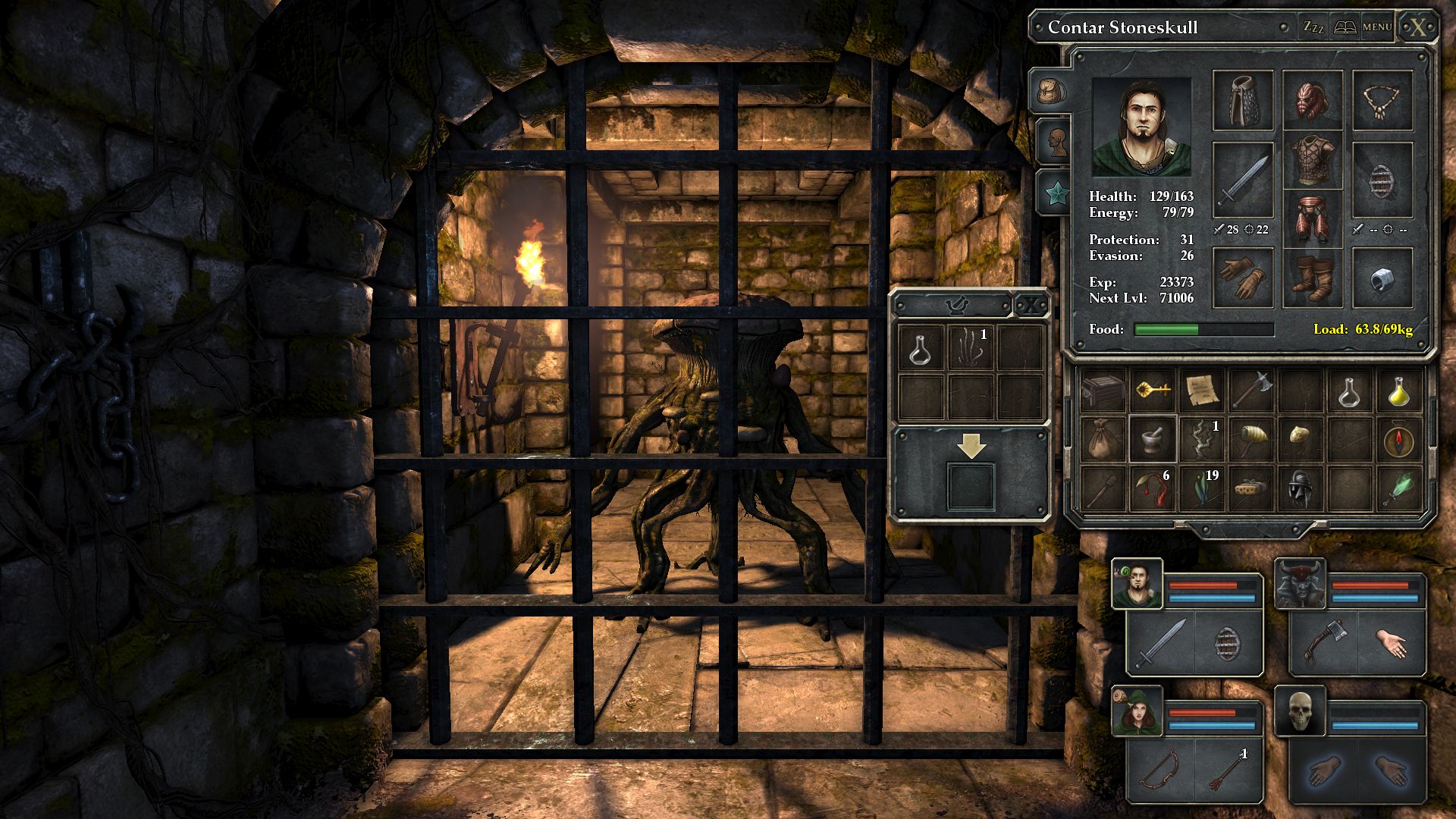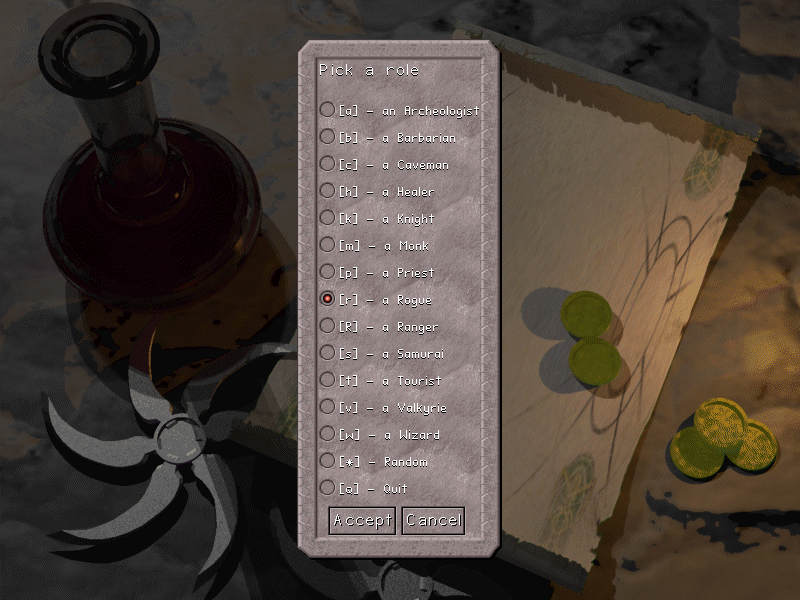|
8-Bit Theater
''8-Bit Theater'' is a sprite comic created by Brian Clevinger that ran from 2001 to 2010 and consisting of 1,225 pages. It is a sprite comic, meaning the art is mainly taken from pre-existing video game assets. The webcomic was at times one of the most popular webcomics, and the most popular sprite comic. The comic initially follows and parodies the plot of the first ''Final Fantasy'' game, following the "Warriors of Light" who are supposedly on a quest to find four elemental orbs to help them defeat Chaos. Instead, the characters mainly serve their own selfish interests, causing destruction in their wake. The success of ''8-Bit Theater'' contributed to the popularity in creating sprite comics, with one list recording over 1,200 sprite comics as of 2004. ''8-Bit Theater'' allowed Clevinger to earn an income, and gain experience and exposure which led to future works such as Atomic Robo. Creation ''8-Bit Theater'' began in March 2001. It was one of the first sprite comics, a ... [...More Info...] [...Related Items...] OR: [Wikipedia] [Google] [Baidu] |
Brian Clevinger
Brian Clevinger (born May 7, 1978) is an American writer best known as the author of the webcomic ''8-Bit Theater'' and the Eisner-nominated print comic ''Atomic Robo''. He is also the author of the self-published novel ''Nuklear Age''. Career Webcomics Clevinger's webcomic, ''8-Bit Theater'', which is hosted on his site Nuklear Power, is very loosely based on the video game '' Final Fantasy I'' and tells the story of four would-be fantasy heroes, known as the Light Warriors, who set out to save the world from the embodiment of Chaos, but are conflicted over their own stupidity and malice. The comic was created using 8-bit graphic sprites taken primarily from the Final Fantasy NES games, or created by either Clevinger himself or Kevin Sigmund. Spanning 1225 episodes, it ran from March 2, 2001, to June 1, 2010. In addition to 8-Bit Theater, Clevinger is the creator of two mini-comics: ''Dynasty Memory'', created in 2002 as a parody of the ''Dynasty Warriors'' series, and '' ... [...More Info...] [...Related Items...] OR: [Wikipedia] [Google] [Baidu] |
Role-playing Video Game
A role-playing video game (commonly referred to as simply a role-playing game or RPG, as well as a computer role-playing game or CRPG) is a video game genre where the player controls the actions of a character (or several party members) immersed in some well-defined world, usually involving some form of character development by way of recording statistics. Many role-playing video games have origins in tabletop role-playing games Adams, Rollings 2003, p. 347 and use much of the same terminology, settings and game mechanics. Other major similarities with pen-and-paper games include developed story-telling and narrative elements, player character development, complexity, as well as replay value and immersion. The electronic medium removes the necessity for a gamemaster and increases combat resolution speed. RPGs have evolved from simple text-based console-window games into visually rich 3D experiences. Characteristics Role-playing video games use much of the same terminology, s ... [...More Info...] [...Related Items...] OR: [Wikipedia] [Google] [Baidu] |
Warrior (character Class)
In tabletop games and video games, a character class is a job or profession commonly used to differentiate the abilities of different game characters. In role-playing games (RPGs), character classes aggregate several abilities and aptitudes, and may also detail aspects of background and social standing, or impose behavior restrictions. Classes may be considered to represent archetypes, or specific careers. RPG systems that employ character classes often subdivide them into levels of accomplishment, to be attained by players during the course of the game. It is common for a character to remain in the same class for its lifetime; although some games allow characters to change class, or attain multiple classes. Some systems eschew the use of classes and levels entirely; others hybridize them with skill-based systems or emulate them with character templates. In shooter games and other cooperative video games, classes are generally distinct roles with specific purposes, weapons or ... [...More Info...] [...Related Items...] OR: [Wikipedia] [Google] [Baidu] |
Final Fantasy Character Classes
''Final Fantasy'' is a media franchise created by Hironobu Sakaguchi, and developed and owned by Square Enix (formerly Square). The franchise centers on a series of fantasy and science fantasy role-playing video games (RPGs). The eponymous first game in the series, published in 1987, was conceived by Sakaguchi as his last-ditch effort in the game industry; the title was a success and spawned sequels. While most entries in the series are separate from each other, they have recurring elements carrying over between entries: these include plot themes and motifs, gameplay mechanics, and visual elements. The ''Final Fantasy'' series features recurring thematic elements, including magical crystals, and creatures such as the Chocobo and Moogle which have appeared in multiple roles. Numerous writers have worked on the series, including Sakaguchi himself, early writer Kenji Terada, Kazushige Nojima and Yasumi Matsuno. Some settings and specific themes have been used in multiple titles a ... [...More Info...] [...Related Items...] OR: [Wikipedia] [Google] [Baidu] |
Virility
Virility (from the Latin ''virilitas'', manhood or virility, derived from Latin ''vir'', man) refers to any of a wide range of masculine characteristics viewed positively. Virile means "marked by strength or force". Virility is commonly associated with vigour, health, sturdiness, and constitution, especially in the fathering of children. In this last sense, virility is to men as fertility is to women. ''Virile'' has become obsolete in referring to a "nubile" young woman, or "a maid that is Marriageable or ripe for a Husband, or Virill". Historically, masculine attributes such as beard growth have been seen as signs of virility and leadership (for example in ancient Egypt and Greece). Male virility Evidence shows that increased male age is associated with a decline in semen volume, sperm motility, and sperm morphology. In studies that controlled for female age, comparisons between men under 30 and men over 50 found relative decreases in pregnancy rates between 23% and 38%. ... [...More Info...] [...Related Items...] OR: [Wikipedia] [Google] [Baidu] |
Doppelgänger
A doppelgänger (), a compound noun formed by combining the two nouns (double) and (walker or goer) (), doppelgaenger or doppelganger is a biologically unrelated look-alike, or a double, of a living person. In fiction and mythology, a doppelgänger is often portrayed as a ghostly or paranormal phenomenon and usually seen as a harbinger of bad luck. Other traditions and stories equate a doppelgänger with an evil twin. In modern times, the term twin stranger is occasionally used. Spelling The word ''doppelganger'' is a loanword from the German. The singular and plural forms are the same in German, but English writers usually prefer the plural "doppelgangers". The first known use, in the slightly different form ''Doppeltgänger'', occurs in the novel ''Siebenkäs'' (1796) by Jean Paul, in which he explains his newly coined word in a footnote; the word also appears in the novel, but with a different meaning. In German, the word is written (as is usual with German nouns) with ... [...More Info...] [...Related Items...] OR: [Wikipedia] [Google] [Baidu] |
Seven Deadly Sins
The seven deadly sins, also known as the capital vices or cardinal sins, is a grouping and classification of vices within Christian teachings. Although they are not directly mentioned in the Bible, there are parallels with the seven things God is said to hate in the Book of Proverbs. Behaviours or habits are classified under this category if they directly give rise to other immoralities. According to the standard list, they are Hubris, pride, greed, wrath, envy, lust, Gluttony#Christianity, gluttony and sloth (deadly sin), sloth, which are contrary to the seven heavenly virtues, seven capital virtues. This classification originated with the Desert Fathers, especially Evagrius Ponticus. Evagrius' pupil John Cassian with his book ''The Institutes'' brought the classification to Europe, where it became fundamental to Catholic confessional practices as documented in penitential manuals, sermons such as "The Parson's Tale" from Chaucer's ''The Canterbury Tales, Canterbury Tales'' ... [...More Info...] [...Related Items...] OR: [Wikipedia] [Google] [Baidu] |
Sloth (deadly Sin)
Sloth is one of the seven capital sins in Catholic teachings. It is the most difficult sin to define and credit as sin, since it refers to an assortment of ideas, dating from antiquity and including mental, spiritual, pathological, and physical states. One definition is a habitual disinclination to exertion, or laziness. Views concerning the virtue of work to support society and further God's plan suggest that through inactivity, one invites sin: "For Satan finds some mischief still for idle hands to do." (" Against Idleness and Mischief" by Isaac Watts). Definition The word "sloth" is a translation of the Latin term ''acedia'' (Middle English, ''acciditties'') and means "without care". Spiritually, ''acedia'' first referred to an affliction to women, religious persons, wherein they became indifferent to their duties and obligations to God. Mentally, ''acedia'' has a number of distinctive components of which the most important is affectlessness, a lack of any feeling about s ... [...More Info...] [...Related Items...] OR: [Wikipedia] [Google] [Baidu] |
How To Write A Plot Summary
How may refer to: * How (greeting), a word used in some misrepresentations of Native American/First Nations speech * How, an interrogative word in English grammar Art and entertainment Literature * ''How'' (book), a 2007 book by Dov Seidman * ''HOW'' (magazine), a magazine for graphic designers * H.O.W. Journal, an American art and literary journal Music * "How", a song by The Cranberries from ''Everybody Else Is Doing It, So Why Can't We?'' * "How", a song by Maroon 5 from ''Hands All Over'' * "How", a song by Regina Spektor from ''What We Saw from the Cheap Seats'' * "How", a song by Daughter from ''Not to Disappear'' * "How?" (song), by John Lennon Other media * HOW (graffiti artist), Raoul Perre, New York graffiti muralist * ''How'' (TV series), a British children's television show * ''How'' (video game), a platform game People * How (surname) * HOW (graffiti artist), Raoul Perre, New York graffiti muralist Places * How, Cumbria, England * How, Wisconsin, Un ... [...More Info...] [...Related Items...] OR: [Wikipedia] [Google] [Baidu] |
Manual Of Style (writing About Fiction)
A style guide or manual of style is a set of standards for the writing, formatting, and design of documents. It is often called a style sheet, although that term also has multiple other meanings. The standards can be applied either for general use, or be required usage for an individual publication, a particular organization, or a specific field. A style guide establishes standard style requirements to improve communication by ensuring consistency both within a document, and across multiple documents. Because practices vary, a style guide may set out standards to be used in areas such as punctuation, capitalization, citing sources, formatting of numbers and dates, table appearance and other areas. The style guide may require certain best practices in writing style, usage, language composition, visual composition, orthography, and typography. For academic and technical documents, a guide may also enforce the best practice in ethics (such as authorship, research ethics, and d ... [...More Info...] [...Related Items...] OR: [Wikipedia] [Google] [Baidu] |
A Wizard Did It
"Treehouse of Horror X" is the fourth episode of the eleventh season of the American animated television series ''The Simpsons'', and the tenth annual ''Treehouse of Horror'' episode, consisting of three self-contained segments. It first aired on the Fox network in the United States on Halloween 1999. In "I Know What You Diddily-Iddily-Did", the Simpsons cover up a murder and are haunted by an unseen witness. In "Desperately Xeeking Xena", Lisa and Bart gain superpowers and must rescue ''Xena'' star Lucy Lawless from the Comic Book Guy's alter ego The Collector, and in "Life's a Glitch, Then You Die", Homer causes worldwide destruction thanks to the Y2K bug. "Treehouse of Horror X" was directed by Pete Michels and written by Ron Hauge, Donick Cary and Tim Long. The episode contains numerous parodies and references to horror and science fiction works, including ''Doctor Who'', ''I Know What You Did Last Summer'' and ''Battlestar Galactica''. It also features actress Lucy Lawless an ... [...More Info...] [...Related Items...] OR: [Wikipedia] [Google] [Baidu] |
Omnipotent
Omnipotence is the quality of having unlimited power. Monotheistic religions generally attribute omnipotence only to the deity of their faith. In the monotheistic religious philosophy of Abrahamic religions, omnipotence is often listed as one of a deity's characteristics, along with omniscience, omnipresence, and omnibenevolence. The presence of all these properties in a single entity has given rise to considerable theological debate, prominently including the problem of evil, the question of why such a deity would permit the existence of evil. It is accepted in philosophy and science that omnipotence can never be effectively understood. Etymology The word ''omnipotence'' derives from the Latin prefix ''omni''-, meaning "all", and the word ''potens'', meaning "potent" or "powerful". Thus the term means "all-powerful". Meanings Scholasticism The term omnipotent has been used to connote a number of different positions. These positions include, but are not limited to, the following ... [...More Info...] [...Related Items...] OR: [Wikipedia] [Google] [Baidu] |



.jpg)

.jpg)
